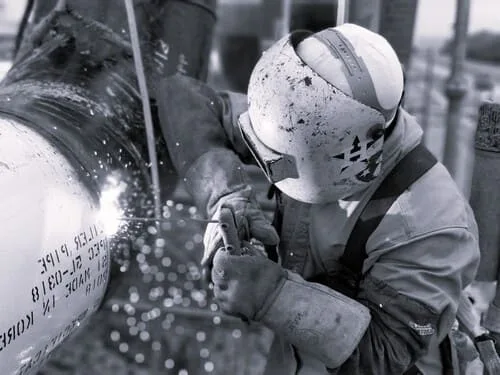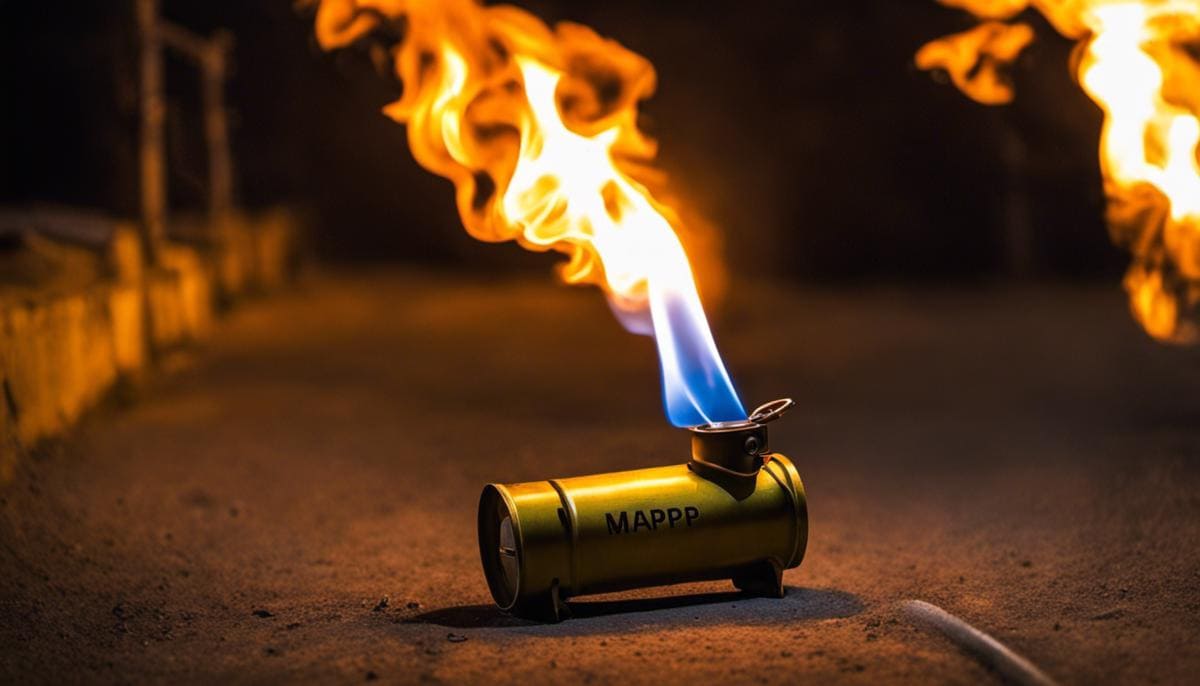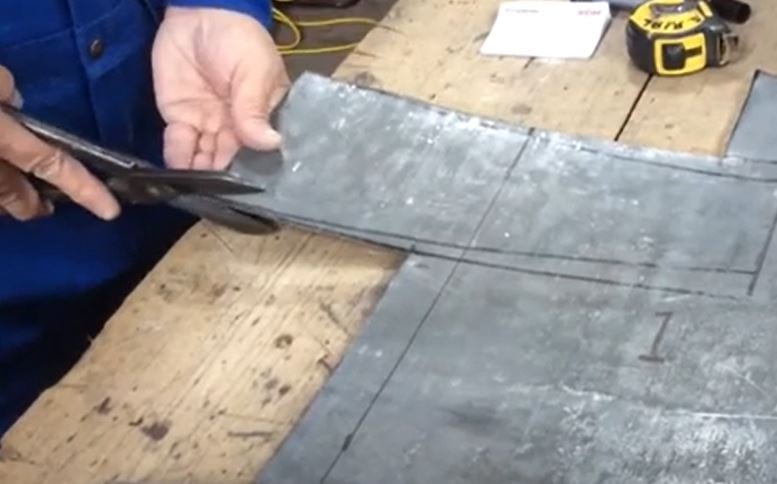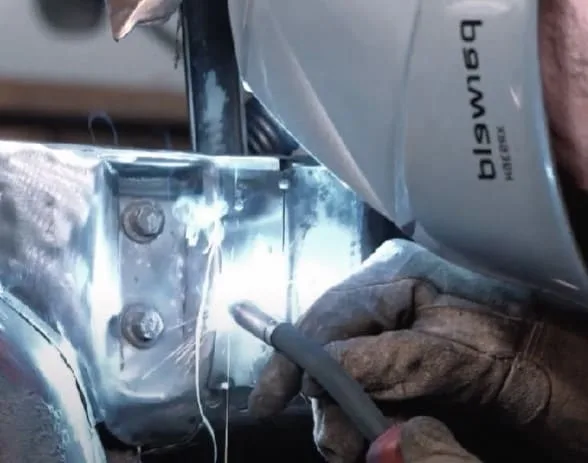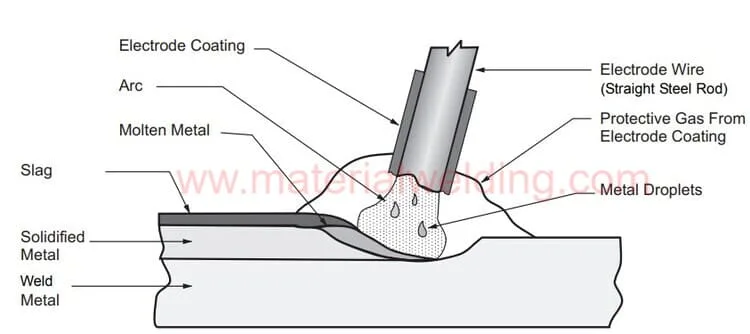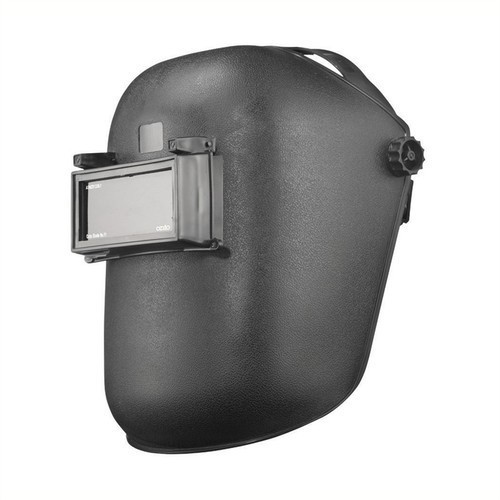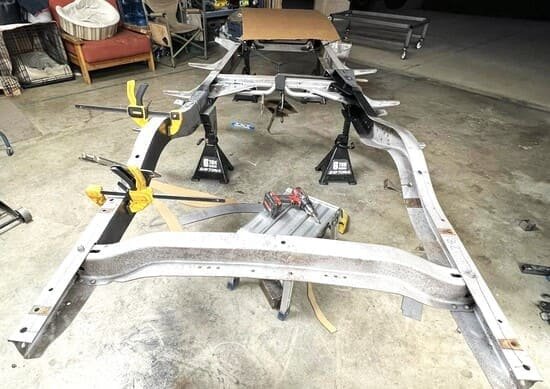What is PPE in Welding?
Welding PPEs are essential for protecting welders from potential hazards associated with welding. Personal Protective Equipment (PPE) plays a significant role in ensuring safety on the job.
PPE for welding includes items such as:
- Dark Welding Helmet,
- Welding Jacket,
- Welding mask & respirator.
- Leather Gloves,
- Welding sleeves,
- Apron,
- FRC Clothing,
- Welding Safety Shoes,
- Welding hood,
- Welding Cap,
- Welding Face shield,
- Ear plug.
The above is a complete welding PPE kit list that should be used by the welders.
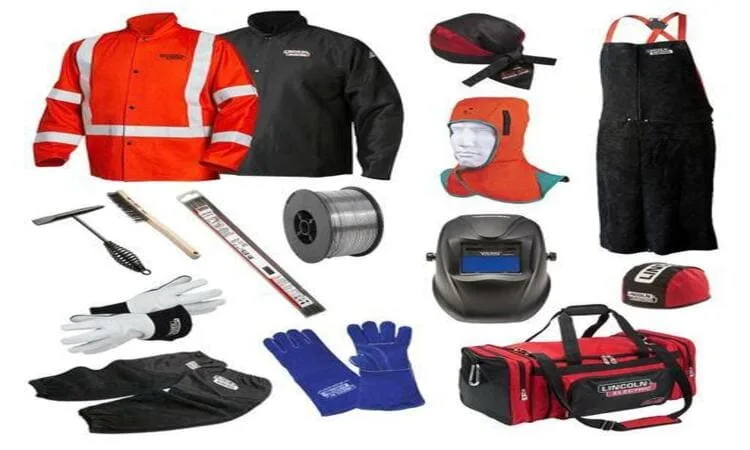
What PPE to use when welding?
When it comes to welding, personal protective equipment (PPE) is key for ensuring personal safety of welders.
PPE helps protect welders from hazardous conditions that can cause injury or illness, such as radiation, sparks & hazardous fumes from welding arcs. Knowing what ppe to use when welding is essential for keeping welders safe and healthy.
Buy Best Welding PPE Online
A good place to start when selecting ppe for welding jobs is the American Welding Society’s recommended guidelines in ANSI Z49.1 standard (Click here to download ASNI Z491.1 for free) for safety apparel and equipment.
The AWS suggests wearing flame-resistant; hearing protection like ear plugs or muffs; and gloves specifically designed leather made for welding tasks. Respiratory protection should also be worn when working with hazardous substances like welding fumes.
Welding helmets or hoods are also important pieces of PPE when welding as they help protect against flying particles as well as UV radiation which can cause burns on exposed skin.
Why PPE is important in welding?
Welding is a special process as defined in ISO 9001 and dangerous too, and it requires the use of personal protective equipment (PPE) in order to maintain safety for those performing the task. PPE is used to protect welders from hazards associated with welding such as exposure to ultraviolet radiation, sparks, heat, fumes and other airborne particles.
Without proper protection from PPE, welders are at risk of long-term health effects including lung cancer or skin burns. In addition, PPE can prevent worker injury due to cuts or other contact with sharp objects found on a work site.
Items such as gloves and helmets should be used routinely when welding in order to protect the welder’s eyesight and hearing. Wearing FRC (Fire-resistant clothing) that covers arms and legs will also provide additional protection against potential sparks or flames while working. Safety boots can help prevent injuries to feet caused by falling materials or hot slag splatter during grinding operations.
Welding personal protective equipment
Personal protective equipment (PPE) is an essential part of welding and should never be overlooked. PPE helps protect welders from the intense heat, sparks, electric shock and UV radiation that can occur during welding. All types of welding create hazardous conditions, so it is important to wear the appropriate PPE for each job.
Complete list of welding personal protective equipment’s are:
- Dark Welding Helmet,
- Welding Jacket,
- Welding mask & respirator.
- Leather Gloves,
- Welding sleeves,
- Apron,
- FRC Clothing,
- Welding Safety Shoes,
- Welding hood,
- Welding Cap,
- Welding Face shield,
- Ear plug.
Why welding is dangerous?
Welding is a dangerous job that requires safety precautions to be taken seriously. Welders are exposed to extreme temperatures, sparks, radiation, and hazardous-carcinogenic gases while performing their job. If they don’t take the necessary steps to protect themselves, welders can face serious injuries or even death.
The most common hazard associated with welding is exposure to extreme temperatures. Sparks and molten metal can reach over 2500 degrees Fahrenheit, resulting in severe burns if not properly protected against.
Fumes from arc welding processes has also been known to cause serious injuries or long-term illness if welding for extended periods of time without proper protection gear in place. UV radiations & hot metal parts from welding arc can burn skin.
When welding, it is important to wear protective clothing such as an apron, gloves, helmet with face shield, and long pants and sleeves made of fire-resistant material. Applicable Welding PPE requirements are generally specified in national welding safety standards such as ANSI Z49.1 in the USA.
What PPE is needed for welding?
Welding is one of the most important and difficult jobs in the world – it requires specialized skills and dedicated safety protocols.
To ensure that welders are protected from the hazards associated with this type of work, it is essential to provide them with appropriate personal protective equipment (PPE). The following list outlines all the PPE needed for welding:
- Dark Welding Helmet,
- Welding Jacket,
- Welding mask & respirator.
- Leather Gloves,
- Welding sleeves,
- Apron,
- FRC Clothing,
- Welding Safety Shoes,
- Welding hood,
- Welding Cap,
- Welding Face shield,
- Ear plug.
Welding PPE and its uses
Welding Personal Protective Equipment (PPE) is essential for any welder. It helps protect welders from the potential risks associated with welding. The list of proper welding PPE and their uses are listed below:
- Dark Welding Helmet: Protect from welding radiation and spatters.
- Welding Jacket: Protect from welding heat, spatters and UV radiations.
- Welding mask & respirator: Protect from welding fumes, dust and airborne particles.
- Leather Gloves: Protect from welding heat, hot parts and spatters.
- Welding sleeves: Protect from welding heat, hot parts and spatters.
- Apron: Protect from welding heat, hot parts and spatters.
- FRC Clothing: Protect from welding heat, hot parts and spatters.
- Welding Safety Shoes: Protect from welding heat, hot parts and spatters.
- Welding hood: Protect from welding heat and spatters.
- Welding Cap: Protect from welding heat and spatters.
- Welding Face shield: Protect from welding heat and spatters.
- Ear plug: Protect from high level of noise during welding & fabrication.
Welding PPE requirements in the USA
Welding PPE requirements for welders in the United States are specified in the ANSI Z49.1 standard. The American National Standards Institute (ANSI) Z49.1 standard is a safety code and guideline for welding, cutting and allied processes.
The ANSI Z49.1 standard provides information regarding the selection, proper use, and limitations of PPE related to welding operations. The ANSI Z49.1 standard provides the requirements for employers to ensure healthy and safe working conditions for all personnel who may be exposed to hazards associated with these processes.
welding PPE requirements Australia
According to Australian Occupational Health & Safety (OH&S) laws, welders must wear PPE that meets the standard outlined in following standards when carrying out welding activities in Australia.
- AS/NZS 1338: For welding helmet,
- AS/NZS 1270: For ear plug,
- AS/NZS 4502: For FRC clothing,
- AS/NZS 2161: For Occupational protective gloves.
- AS/NZS 2210: For safety shoes.
- AS/NZS 1716: For Respiratory protective devices
welding PPE requirements UK
The UK has specific regulations on welding Personal Protective Equipment (PPE), which must be adhered to by employers and employees alike. Welders are obligated to adhere to both Health & Safety Executive (HSE) regulations and Control of Substances Hazardous to Health (COSHH) guidelines.
Welding PPE requirements Canada
Welding is a popular industrial activity but it requires the use of proper personal protective equipment (PPE) to ensure safety. In Canada, CSA Standard W117.2-12 Safety in Welding, Cutting and Allied Processes sets out the PPE requirements for welders in order to protect them from work-related injuries and illnesses.
This standard covers topics such as respiratory protection, clothing, face protection, eye and face protection, head protection and hearing protection. CSA Standard W117.2-12 emphasizes the importance of wearing appropriate welding PPE at all times while welding.
It outlines detailed requirements for each piece of PPE including material type and size specifications as well as how frequently they should be replaced or inspected for damage or wear-and-tear.
How welding masks work?
Welding masks, otherwise known as helmets, are essential for safety when it comes to welding. Without the proper protection from a welding mask, welders can suffer from damage to their eyes and face from the extreme light and heat created by the process of welding. But how does a welding mask work?
The main purpose of a welding mask is to protect welders’ faces and eyes from infrared radiation as well as ultraviolet radiation generated during the welding process.
A standard welding helmet is made up of four parts: A lens holder, a headgear that wraps around your head, an outer shell protecting the rest of your face, and most importantly, an inner cover plate containing specially designed lenses that filter out harmful radiation while still providing enough visibility for working safely. The outer shell helps protect against debris and sparks while also acting as insulation against heat buildup.
How welding helmets work?
Welding helmets are an important component of safety equipment for welders, providing protection from the intense light, heat and ultraviolet radiation emitted during welding.
The helmet is designed with a dark-tinted lens that blocks out most of the harmful rays while allowing just enough light to enable proper welding. Understanding how welding helmets work is essential to make sure they are used properly to prevent potential injuries or damages.
The type of lens used in welding helmets depends on the specific application and type of welding being done. For example, some welders may need lenses that can block more infrared radiation than others depending on the arc type or power required for the job.
Additionally, some lenses use filters that allow welders to adjust their shade level based on the intensity of their arc at any given moment. This helps them use their helmet more efficiently without having to replace it often.
TIG welding PPE requirements
When choosing PPE for TIG welding it’s important to select a product that meets the American National Standards Institute (ANSI) certification requirements.
This includes items such as flame-resistant jackets or coats with long sleeves and collars; leather gloves; safety glasses with side shields; helmets equipped with either fixed shade lenses or auto darkening lenses; wide brimmed hats; and face shields designed to protect against sparks, spatter and UV radiation.
Women’s welding PPE
Women’s welding PPE is designed to offer the same level of safety and comfort as men’s welding PPE. Welding PPE consists of a welding helmet, gloves, coveralls, and other items that are specifically made for women.
The helmets have larger viewing windows which allow more visibility while working on projects. Gloves are designed with smaller sizes in mind and come in various colors so they can easily be matched with other clothing items.
Coveralls are cut differently than those meant for men and often feature longer sleeves to help protect against sparks or spatter from welding machines. Additionally, many women’s welding PPE includes hoods to keep long hair out of the way when working around welders or torches.
Will welding damage my eyes?
For many welders, this is a pressing safety concern. After all, welding requires the use of intense light and sparks which can pose serious risks to your vision.
Fortunately, with the right protective gear and precautions you can ensure that your eyes remain safe during welding jobs.
Will welding make you go blind?
Welding is a complicated process involving the use of extreme heat, sparks, and ultraviolet (UV) light.
While there are risks to the eyes associated with welding, it does not mean that welders will necessarily suffer from vision loss due to blindness.
PPE for welding fumes
Welding fumes are created when metal is heated and can contain toxins, vapors, and metal particles which may cause respiratory problems or serious health issues in extreme cases.
To ensure safe working conditions, welders must use a combination of protective gear such as welding masks and respirators.
PPE for welding galvanized metal
All welding PPE including respiratory mask.
PPE for welding stainless steel
PPE for welding stainless steel are welding helmet, respiratory mask, gloves, FRC, shoes and aprons, etc.
Welding PPE standards
Welding PPE standards are ANSI Z49.1, CSA Standard W117.2-12 and OHSAS UK.
Which type of welding PPE protects the welder’s entire face from sparks and spatter?
The primary type of welding PPE used to protect a welder’s entire face from sparks and spatter is an auto-darkening helmet and welding hood.
